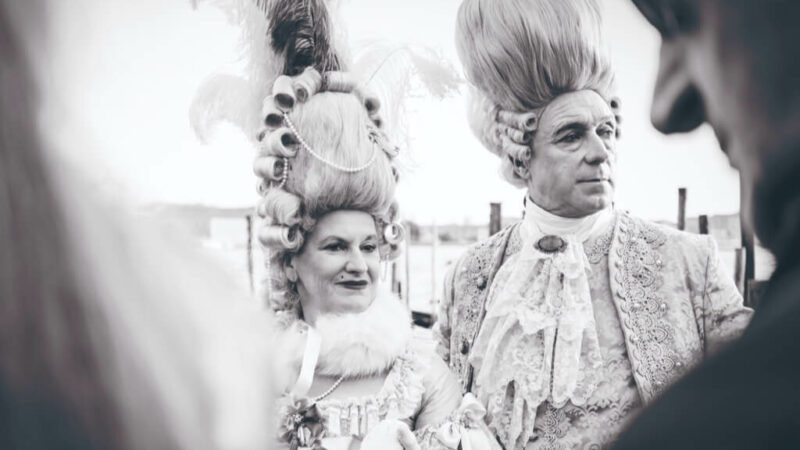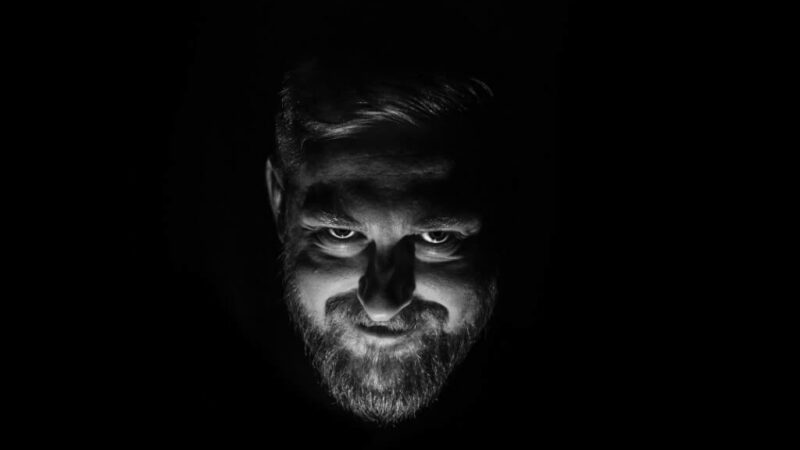Baby Fae’s Baboon Heart

On December 3, 1967, South African surgeon Christiaan Barnard etched his name in medical annals with the first successful human heart transplant. This breakthrough set the stage for future medical marvels, including a daring 1984 procedure where surgeon Leonard Lee Bailey performed a heart transplant on a newborn, using a baboon’s heart. This remarkable story revolves around Baby Fae.
Stephanie Fae Beauclair, known as Baby Fae, was born with Hypoplastic Left Heart Syndrome (HLHS) on October 14, 1984, in Barstow, California. Her condition, where the left side of the heart is underdeveloped, was usually fatal. Faced with limited options, her mother, Teresa Beauclair, made a monumental decision to entrust her baby’s life to an experimental procedure.
Dr. Leonard Bailey, a surgeon at Loma Linda Medical Center, had seen the devastating effects of HLHS. Frustrated by the limited donor availability for heart transplants, particularly for infants, he had been exploring xenografting – transplanting organs from other species. His research had led him to perform over 200 heart transplants on infant mammals in preparation for a human trial.
Upon learning about Baby Fae, Dr. Bailey saw an opportunity to apply his groundbreaking research. He proposed a xenograft using a baboon heart. After tissue-matching, a nine-month-old baboon named Goobers was chosen as the donor. Despite ethical concerns and the controversial nature of the procedure, Teresa consented, driven by the hope of saving her daughter’s life.
On October 26, 1984, Baby Fae underwent the transplant surgery. The procedure was successful, and the baboon heart started beating within her. For a while, Baby Fae thrived, displaying signs of recovery and capturing the world’s attention and sympathy. Dr. Bailey’s prediction of a longer life for Baby Fae filled many with hope for the future of such medical interventions.
Although Baby Fae’s life was tragically short-lived, her story marked a significant moment in medical history. It sparked debates on medical ethics, the boundaries of surgical innovation, and the use of animal organs for human transplants. This event, albeit controversial, opened doors to new possibilities in the realm of organ transplantation and set the stage for advancements in treating congenital heart defects.
A Landmark in Medical History
In October 1984, a groundbreaking medical event unfolded with the birth of Stephanie Fae Beauclair, better known as Baby Fae. Born with hypoplastic left heart syndrome, a lethal condition, Baby Fae’s case marked a significant chapter in medical advancements.
On October 14, 1984, at Loma Linda University Medical Center, surgeon Leonard Lee Bailey took a monumental step by performing a xenotransplant procedure on Baby Fae, replacing her defective heart with that of a baboon. This daring operation was the first of its kind and aimed to overcome the critical shortage of infant human heart donors.
The Selection of a Baboon Heart
Facing a time-sensitive situation, Dr. Bailey opted for a baboon heart due to the unavailability of a compatible human heart and the limited time before Baby Fae’s condition worsened. While a baboon was an unconventional choice, it was deemed necessary, given the dire circumstances and the low availability of type O baboons.
Baby Fae survived the operation, living 21 days post-transplant before succumbing to heart failure caused by graft rejection. Her blood type, O, produced antibodies against the type AB xenograft, leading to complications. Despite the tragic outcome, Baby Fae’s extended survival set a new record for recipients of non-human hearts.
The Baby Fae case ignited intense ethical debates in the medical community. Questions arose about the appropriateness of experimental procedures on infants and whether informed consent was adequately obtained from Baby Fae’s parents. Concerns were also raised about the risks and benefits of such pioneering surgeries.
Informed Consent Controversies
Dr. Bailey faced criticism over the process of obtaining consent for the surgery. Allegations emerged that the consent form had been altered and that Baby Fae’s father was not present during the consent process. The initial promise of a “long-term” life extension was scrutinized, contributing to the ethical controversy surrounding the case.
Despite the ethical challenges, Baby Fae’s case played a crucial role in advancing medical science, particularly in the realm of infant heart transplants. The attention garnered by Baby Fae’s surgery paved the way for Bailey to perform the first successful infant heart allograft transplant a year later.
Baby Fae’s story remains a poignant example of the complexities and ethical considerations in experimental medical procedures. Her case continues to be studied and discussed in medical ethics, highlighting the delicate balance between innovation and ethical responsibility in the pursuit of medical breakthroughs.
Understanding Cross-Species Organ Transplantation
Cross-species organ transplantation, also known as xenotransplantation, is the process of transplanting organs or tissues between different species. Historically, this practice has been viewed as a potential solution to the critical shortage of human organs for transplantation. However, it is fraught with complexities, notably immune rejection. The human body’s immune system is naturally designed to recognize and attack foreign tissues, including those from other species, making rejection a significant hurdle. Recent advancements in genetic engineering and immunosuppressive drugs are being explored to overcome this barrier. The key challenge is to modify animal organs in such a way that they can evade the human immune response without compromising the recipient’s overall health.
The use of animals as organ donors for human transplants raises profound ethical questions. It brings into focus the rights of animals and the moral implications of using living beings for human benefit. The central ethical dilemma is whether it is justifiable to sacrifice animal lives to save or improve human lives. Additionally, the possibility of breeding animals specifically for organ harvesting adds another layer of ethical complexity, challenging our views on animal rights and welfare.
Involving children in experimental medical procedures, such as xenotransplantation, necessitates informed parental consent. This is a delicate area, as it involves making decisions about high-risk procedures with potentially unknown long-term outcomes. The ethical responsibility lies in ensuring that parents are thoroughly informed about the risks, benefits, and experimental nature of the procedure. This includes a clear communication of the procedure’s novelty, the lack of extensive data on outcomes, and potential future implications for the child.
Emotional Impact on Healthcare Professionals in Experimental Surgeries
Healthcare professionals who engage in pioneering medical procedures like xenotransplantation often face significant emotional and ethical challenges. The high-risk nature of these surgeries, coupled with their experimental status, can lead to a unique set of stresses and ethical dilemmas. These professionals might experience a range of emotions, from the high of achieving medical breakthroughs to the lows associated with patient complications or failures. Supporting these professionals through counseling, peer support, and ethical guidance is crucial for their well-being and the continued advancement of experimental medicine.
The portrayal of experimental medical procedures in the media significantly influences public perception and understanding. Media coverage can sway public opinion, affecting everything from funding and research priorities to ethical debates. Responsible journalism is crucial in these scenarios, as sensationalism or misinformation can lead to misconceptions about the risks and benefits of these procedures. Accurate and balanced reporting is essential to foster an informed public dialogue about the potential and limitations of groundbreaking medical techniques like xenotransplantation.
It’s clear that while the boundaries of medical science were pushed, it simultaneously raised significant questions about ethical practices and consent in experimental medicine. The emotional impact on both the medical staff and the patient’s family offers valuable insights into the human aspect of such pioneering procedures. This historic case underscores the importance of ethical clarity and informed consent in experimental treatments, serving as a guidepost for future medical explorations.
Step into a world of innovation and exploration with these captivating reads that span commerce, technology, and lifestyle. For pet lovers, discover how Furkidz creates a meaningful space to connect with and support animals, while Future Proof Commerce offers an in-depth look at emerging e-commerce trends that shape the retail industry of tomorrow. Meanwhile, if you’re intrigued by digital advancements, the concept of Headless Commerce unveils a new frontier in online shopping technology.
On the financial side, explore the South African perspective on hedge funds with “The Unconventional Hedgehog” in this insightful article, or dive into automotive wisdom with iCar Mechanics, a journey through South Africa’s car culture and life lessons. Lastly, explore unique perspectives in digital advancements and lifestyle through this engaging collection on Wakelet and MySblogs.



